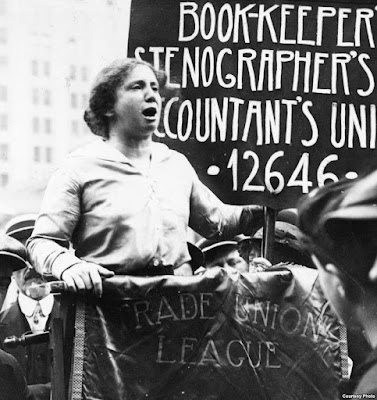Margaret Foley, Dorchester's Irish Suffrage Leader

Labor organizer and women's rights advocate Margaret Lillian Foley (1873-1957) was born to a working class Irish-American family at Meeting House Hill in Dorchester, Boston's largest neighborhood. With only a high school education from Girls' High School in Roxbury, Foley had a daring personality and a "voice like a trumpet." She worked in a hat factory organizing women workers and was a board member of the Women's Trade Union League, founded in Boston in 1903 by Mary Kenney O'Sullivan as part of the American Federal of Labor. As equal rights issues moved from the workplace to the political front, Foley became involved with the campaign to let women vote in all government elections, becoming a member of the Massachusetts Women's Suffrage Association. During this time, she earned and enjoyed the nickname The Grand Heckler for her willingness to confront male politicians in public settings such as the Boston Stock Exchange an

